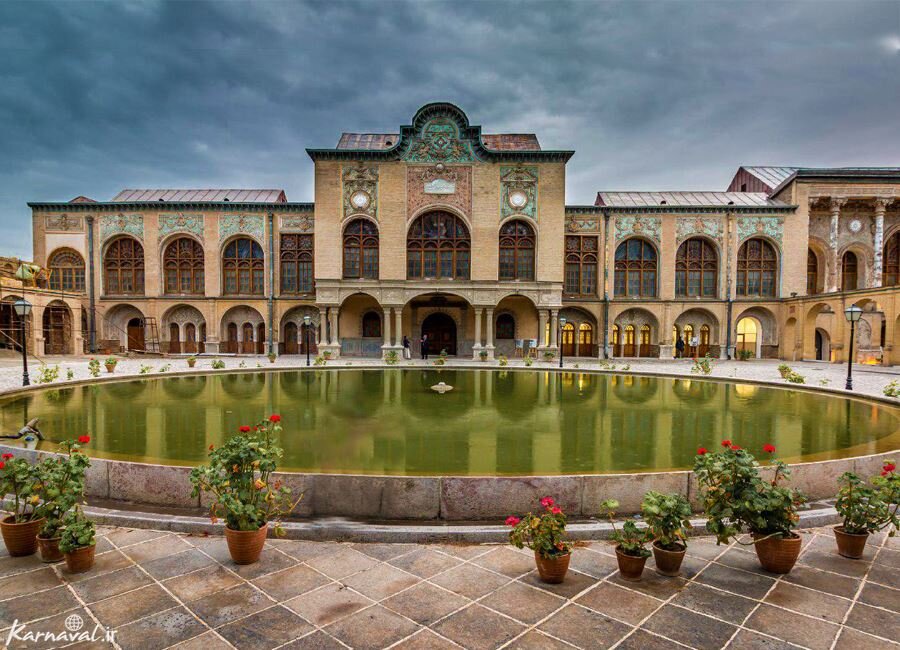19th-century Masoudieh Palace to undergo restoration

TEHRAN – A new round of restoration work is to begin on the 19th-century Masoudieh Palace, which was constructed by Naser al-Din Shah’s son, who was also the governor of Isfahan, as his residence in Tehran.
Ways to implement the project were discussed by cultural heritage experts in a Tehran Meeting held to celebrate the International Day for Monuments and Sites, Mehr reported.
The grand palace was built upon the order of Qajar Prince Masoud Mirza to become a masterpiece of architecture.
The palace is a prime example of the Qajar era's architectural and artistic achievements, including the infusion of European themes and aesthetics into Persian art.
Its walls and halls, decorated in a mixed Iranian-European style, reveal stories from the past, charming and mysterious.
From another point of view, Masoudieh Palace is filled with the spirit of culture and history of modern Tehran. Ancient inscriptions and documents are on display for visitors, underlining the connection between different periods of Iranian history.
The architectural language and decorative art of the Qajar era, which are primarily represented in the legacy of Naser al-Din Shah, are richly attested to by the UNESCO-registered Golestan Palace, a singular and remarkable testimony.
As the earliest depictions of the synthesized European and Persian style that came to be so distinctive of Iranian art and architecture in the late 19th and early 20th centuries, it reflects artistic inspirations of European descent. It can be said that parts of the palace complex can therefore be viewed as the forerunners of the contemporary Iranian artistic movement.
AFM
